Understanding adhesive options for TPO roofing
April 22, 2025 at 3:00 p.m.By GAF.
TPO roofing systems rely on strong adhesive options to ensure a lasting installation.
Single-ply adhesives are a popular attachment option when installing commercial roofing systems, offering strong, reliable bonds without the need for fasteners. The right adhesive can make a big difference in the performance and longevity of a TPO roof. With solutions like GAF’s full line of EverGuard® adhesives, there’s a fit for nearly every project. But not all adhesives are created equal, and knowing the types – and when to use them – can help ensure a smoother installation and better long-term results.
Types of single-ply roofing adhesives
Different jobs call for different tools, and several factors may help determine which type of single-ply adhesive you use. The local zoning requirements, building codes, building type and use, uplift requirements, climate zone and temperature limitation, and the type of roof membrane should all be considered as you weigh your options.
1 – Solvent-based
Solvent-based roofing adhesives are typically rolled onto the substrate and back of the membrane. Once the adhesive has flashed off, the surfaces can be mated. Solvent-based adhesives may have a noticeable odor, making them less ideal for occupied buildings. They also require at least 40°F (4.44°C) temperatures for application.
2 – Water-based
Water-based single-ply roofing adhesives are typically applied in the same way as solvent-based adhesives but contain no solvents and, therefore, have low odor. Water-based adhesives are commonly used with fleece-back membranes and smooth PVC membranes (like EverGuard® PVC Quick-Lay Adhesive), and flash-off times are typically longer than solvent-based adhesives. Like solvent-based adhesives, water-based adhesives are typically installed in temperatures above 40°F (4.44°C).
3 – Spray adhesives
Spray single-ply roofing adhesives are the newest in the market. These adhesives are applied using a spray canister and can cut membrane installation time in half compared to traditional bucket and roller adhesives. Flash-off time for spray adhesives is typically much faster than bucket and roller adhesives. Additionally, spray adhesives can be applied in temperatures as low as 20°F (-6.67°C).
4 – Low-rise foam
Low-rise foam canisters are two-part polyurethane adhesives mixed in canisters with hose attachments. Two-part adhesive systems provide faster membrane installation than bucket and roller adhesives and are particularly well-suited for fleece-back TPO membranes due to their ability to fill in the voids in the fleece backing, creating a strong bond. This foam expansion property helps ensure complete adhesion across the entire membrane surface.
Comparison of adhesives and installation requirements
[Insert comparison table here]
Pros and cons of using single-ply adhesives
In addition to the pros and cons of each type of single-ply adhesive, installing adhered single-ply systems can generally have pros and cons.
Pros
According to Chris McGroarty, director of commercial membrane at GAF, installing these systems has a few benefits.
- Adhered membranes don't experience fluttering because air can't get under the membrane. Their higher wind uplift ratings make them a good choice for coastal locations and high-wind areas.
- An adhered single-ply roof can provide more protection against impact when you adhere the cover board and then adhere the membrane, eliminating exposed screws and plates. Impact damage often occurs in mechanically attached systems when hail hits screws and fasteners.
- Adhered single-ply roofs have a smoother finished appearance than mechanically attached roofs.
- Adhered systems often come with longer warranties or guarantees*.
Cons
However, McGroarty notes that single-ply adhesives aren't right for every project and can have potential drawbacks.
- An adhered system can be labor-intensive. The substrate may require extra fasteners, and many adhesives must be applied to the substrate and the membrane.
- Crews must understand the manufacturer's recommended application rate and recognize when the adhesive is tacky enough to form a strong bond.
- Water-based adhesives in particular have transportation, storage, and use limitations. You must account for additional time and labor to store them in a warm place.
- Finally, spray equipment used with adhesives must be kept in good working order. Failure to properly maintain equipment can cause clogs in the gun or hose. Equipment must be cleaned, adding time and labor.
Roofing adhesive FAQs
How hard is it to install an adhered roof?
Installing a fully adhered single-ply roofing system isn't complicated if you follow the best practices. GAF provides resources and training to help, including a video series with roofing experts Dave and Wally.
Does installation take longer with adhesives?
Installation with adhesives can take longer, but the time can vary depending on the adhesive used. Traditional bucket and roller adhesives can be labor-intensive, but newer spray-on adhesives can expedite the installation process and help make it more efficient.
Are adhered roofs more expensive?
Fully adhered roofs are more expensive than mechanically fastened roofs, but they typically perform better against wind and hail. They may also be eligible for longer warranties*.
Do fully-adhered systems require less maintenance?
No, the installation method doesn't affect the recommended maintenance schedule. A scheduled roof maintenance plan can help you prevent costly damage from weather, debris, clogged drains, foot traffic, and more by identifying problems early — before they become expenses.
Choosing the best installation method
There isn't a one-size-fits-all solution for every installation. You may choose a different installation method like mechanically attaching the membrane. Mechanically attached systems typically install more quickly and with less labor than an adhered system. If the building is occupied, and you want to avoid the odor of an adhesive, this may be your best bet.
However, if impact or wind uplift resistance is important to you, an adhered system may be the better option. It all comes down to understanding what's right for your project.
If you need support determining the best installation methods and adhesives to use based on the building design and owner's needs, your local GAF territory manager is happy to help.
*For eligible systems only. Additional requirements apply. Contact GAF for more information. For complete coverage and restrictions, refer to the full limited warranty or guarantee document, available at gaf.com.
Original article and image source: GAF
Learn more about GAF in their Coffee Shops Directory or visit www.GAF.com.







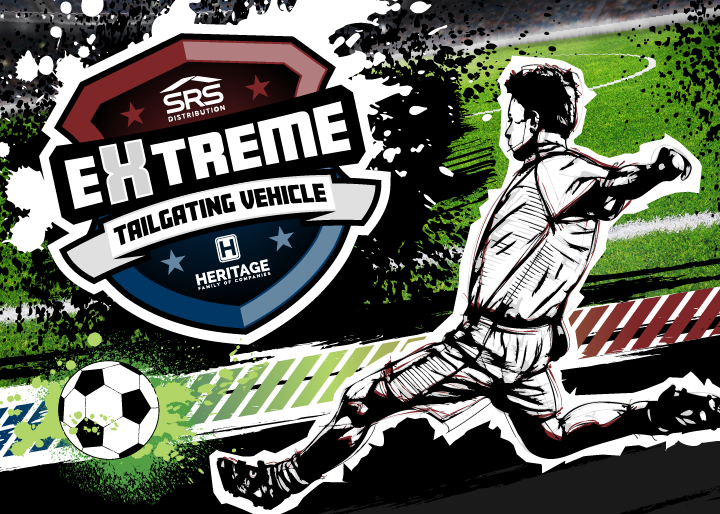
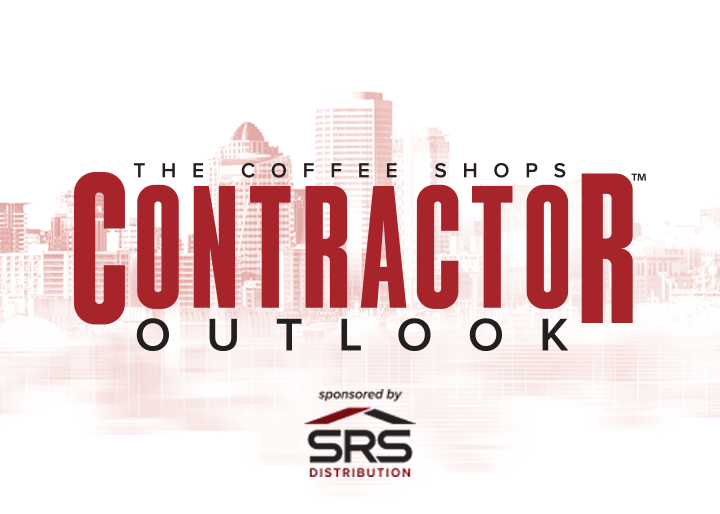


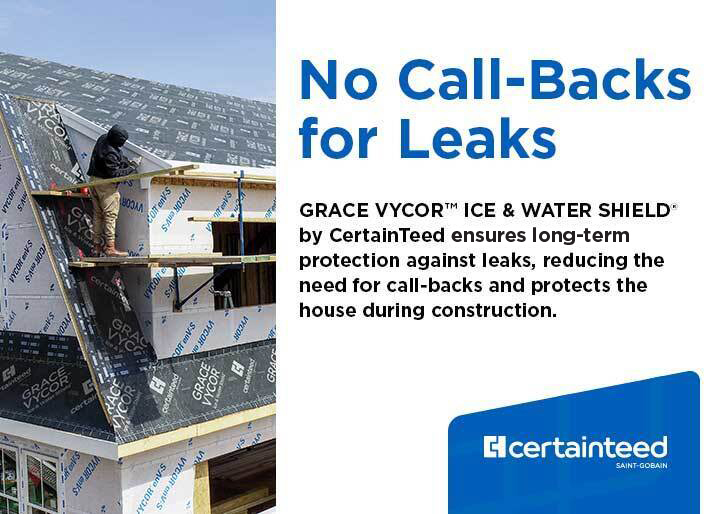

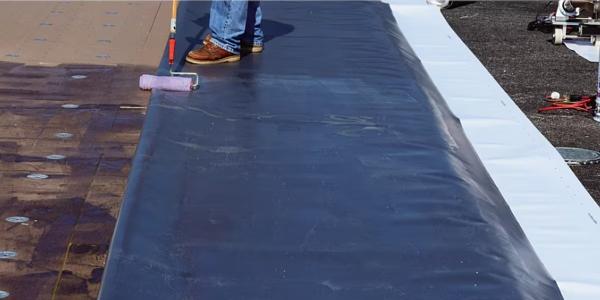
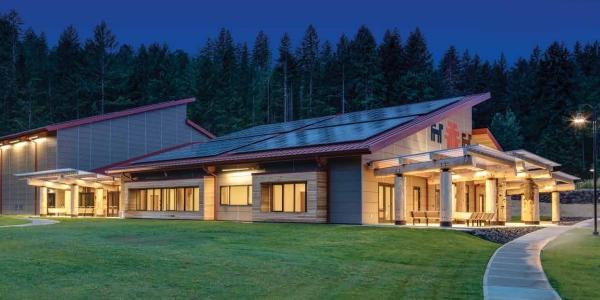
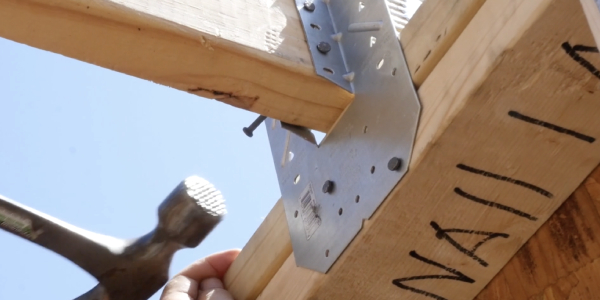
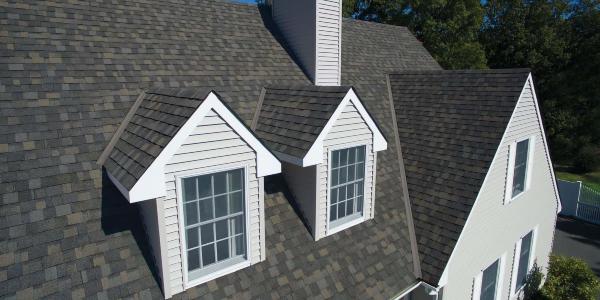







Comments
Leave a Reply
Have an account? Login to leave a comment!
Sign In